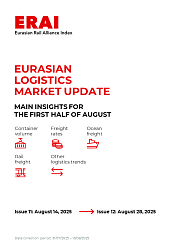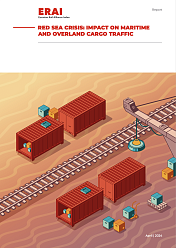«Compared to other European countries, Germany is still lagging behind», the Allianz Pro-Schiene pointed out. However, 2022 was the second year in a row in which rail infrastructure investments in Germany were higher than the ones for trunk roads. «We are at a historic turning point», said Dirk Flege, managing director of Allianz Pro-Schiene, who praised the current German government for its willingness to significantly increase investments in rail infrastructure. Trunk roads usually connect important cities with each other as well as to ports and airports.
What caused the decrease in Germany?
Under normal circumstances, per capita investments in rail infrastructure between 2021 and 2022 would have actually slightly increased, from 112 to 114 euros. However, a one-billion-euro equity capital increase for infrastructure investments that was paid retroactively in 2021 boosted the value for that year to 124 euros per capita. On the other hand, this slight decrease is not necessarily bad news. Between 2010 and 2020, investments in rail infrastructure in Germany grew by 35 euros per capita, from 53 to 88. In 2021, however, it spiked to 124. In other words, the growth from 2020 to 2021 was higher than the growth over the previous decades, as the image below shows.
How was the data calculated?
For this study, only government investments in rail infrastructure, such as track replacement, expansion, and new constructions, are accounted for. Expenditures for operations or maintenance were not considered, as the Allianz Pro-Schiene underlined. Moreover, investments made by non-governmental bodies are not included either. Therefore, for example, France ranks quite low because many investments there are public-private partnerships, which were not included in the study.
In addition, these investments do not include the ones made by federal states and cantons as well as the ones made by infrastructure managers with their own funds. For this study, rail infrastructure included tracks and switches, platforms and transshipment terminals, signalling systems and interlockings as well as overhead lines and the associated power supply systems.
The Allianz pro-Schiene explained that the difference between countries is not linked to their size or the density of their network. For example, Norway and the UK, which have a comparable size to Germany, still invested more in rail infrastructure per capita in 2022. Moreover, despite having a quite dense rail network, Germany still needs to invest significantly in rail infrastructure due to «decades of underinvestment», as the association stated.




